Welcome to the comprehensive course on Arduino Based Real-Time Oscilloscope. This course is designed for individuals who want to learn how to build a real-time oscilloscope using Arduino, regardless of their prior experience with electronics or coding.
In the introduction and getting started section, we will provide you with a solid foundation, introducing you to the concept of an oscilloscope and its applications. You will also learn about the necessary hardware and software requirements for this project. We will guide you through creating a circuit schematic for the oscilloscope, ensuring a clear understanding of the components and their connections. You will learn how to visualize and design the circuit using the appropriate software.
The coding section will cover both Arduino and Python programming aspects of the project. You will learn how to write code to capture and process the input signals on the Arduino, as well as how to display and analyze the data using Python. Through practical work, you will gain hands-on experience building and testing the real-time oscilloscope project. We will guide you through the step-by-step process, ensuring a thorough understanding of the functionality and operation of the oscilloscope.
To ensure a smooth experience, we will provide a dedicated section on downloading and installing the Arduino software. You will learn how to set up the Arduino Integrated Development Environment (IDE) and any additional software required for the project. By the end of this course, you will have the knowledge and skills to build your own real-time oscilloscope using Arduino. Enroll now and embark on this exciting journey of exploring and analyzing electrical signals with your own custom-built oscilloscope.
What Will You Learn?
- The fundamentals of an oscilloscope and its applications in analyzing electrical signals.
- The hardware and software requirements for building an Arduino-based real-time oscilloscope.
- How to create a circuit schematic for the oscilloscope, understanding the connections and components involved.
- Coding in both Arduino and Python to capture, process, display, and analyze input signals on the oscilloscope.
- The use of Python for data visualization and analysis in real-time oscilloscope projects.
- Step-by-step guidance on building and testing the real-time oscilloscope project, ensuring functionality and accuracy.
- Practical hands-on experience in working with electrical signals and analyzing them using your custom-built oscilloscope.
- The process of downloading and installing the Arduino software and IDE for programming the Arduino board.
- Troubleshooting techniques to identify and resolve common issues that may arise during the building and testing process.
- A deeper understanding of electronics, coding, and signal analysis through the practical application of building an Arduino-based real-time oscilloscope.
Who Should Take The Course?
- Electronics enthusiasts and hobbyists who want to explore and understand oscilloscopes and their functionality.
- Students studying electronics, engineering, or related fields who want to gain practical experience with oscilloscope technology.
- Professionals in the field of electronics or electrical engineering who want to expand their knowledge and skill set in real-time oscilloscope projects.
- Programmers and software developers interested in integrating Arduino and Python for signal analysis and visualization.
- Educators and teachers looking to incorporate hands-on oscilloscope projects into their electronics or programming curriculum.
- Anyone with a general interest in electronics and coding, seeking a practical project to enhance their skills and understanding.
- Technicians and engineers who want to build their own cost-effective and customizable oscilloscope solutions.
- Students or researchers working on specific projects that require real-time signal analysis.
- DIY enthusiasts interested in building their own electronic measurement instruments.
- Individuals looking to gain a deeper understanding of signal analysis and acquire practical experience in using oscilloscopes for various applications.
Course Features
- Lectures 19
- Quizzes 0
- Duration 1h 34m
- Skill level All levels
- Language English
- Students 0
- Certificate Yes
- Assessments Self


